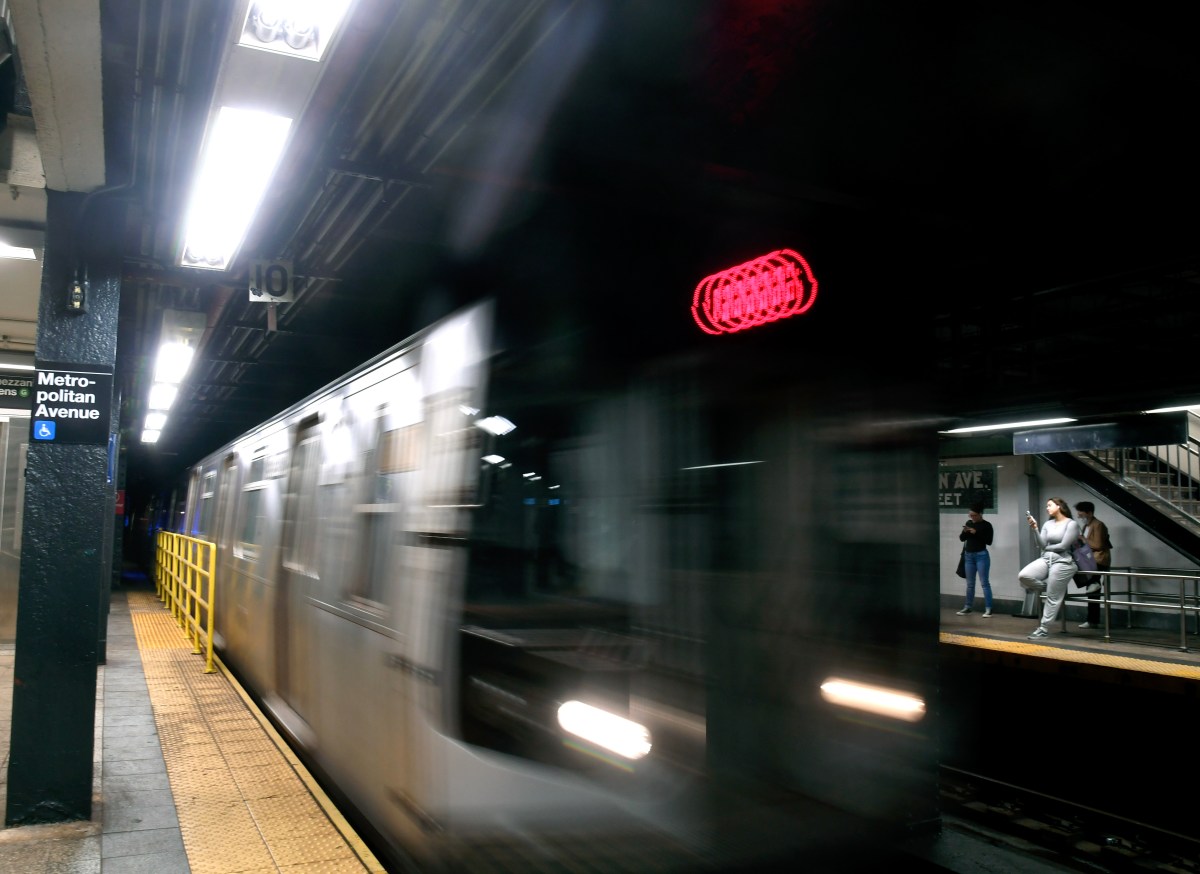Day: September 23, 2024
If we want our kids to grow up into happy, healthy adults, we need to address smartphone usage in schools. New York is taking action.
Join me live at #Concordia24: https://t.co/pWwS5eLrEw
— Governor Kathy Hochul (@GovKathyHochul) September 23, 2024
The MTA seeks to spend billions of dollars through the end of this decade replacing ancient train signals on dozens of miles of subway track, hoping to mitigate one of the primary drivers of subway delays with modern technology that allows for faster and more reliable service.
The transit agency’s $68 billion five-year capital plan, released last week, calls for $5.4 billion in spending over the next five years to replace analog subway signals dating back to the Great Depression with modern Communication-Based Train Control (CBTC) on four lines carrying eight distinct subway routes.
They include the Broadway Line in Manhattan and Queens, which carries the N/Q/R/W trains; the Nassau Street Line in Manhattan, which carries the J/Z; the Liberty Avenue Line, which carries the A train between Brooklyn and Queens; and the Rockaway Line, which carries the A and shuttle trains to Far Rockaway and Rockaway Park in Queens.
All told, these constitute more than 80 miles of the subway’s 665 total revenue tracks.

Most of the train signals in the subway system are nearly a century old, dating to the administrations of President Franklin D. Roosevelt and Mayor Fiorello LaGuardia; today, these signals frequently break down and cause cascading delays.
But even when they work properly, they are considered inefficient by modern standards; they are manually operated from a geriatric switchboard and operate on “blocks” that don’t tell the control room exactly where a train is at all times. Repairs must take place on-site, necessitating service disruptions.
The MTA hopes to replace these with CBTC, which are computer-operated and allow controllers to always know where a train is. That would allow the MTA to run trains closer together and, by extension, faster.
Where CBTC has been implemented, the MTA says service has been boosted significantly. The L and 7 lines, where CBTC is fully installed, have seen significant boosts in service reliability in recent years, the agency says. The MTA is also nearly done installing CBTC on the Queens Boulevard Line carrying the E, F, M, and R trains, as well as the Culver Line carrying the F in Brooklyn. Other projects are implementing the tech on the A/C/E in Manhattan and the G train between Brooklyn and Queens.
“Service on the 7 and L, which currently has CBTC, is the premier performance that we have in our system, and we have CBTC to thank for that,” said Demetrius Crichlow, interim president of New York City Transit, at the MTA Board’s committee meetings on Monday.
Work was also supposed to be underway installing CBTC on the Fulton Line in Brooklyn, carrying the A and C, and the 6th Avenue Line in Manhattan, carrying the B/D/F/M. However, that work is suspended indefinitely due to the pause on congestion pricing, which blew a $15 billion hole in the existing plan for 2020-24.
The overarching 2025-29 capital plan, which also includes billions of dollars for structural maintenance and repair, railcar replacement, power system upgrades, and adapting the transit system to a future dominated by climate change, is only about half funded, meaning any of the projects officials say are needed to provide reliable service could be in jeopardy should funding not materialize.
The MTA Board will vote this week on whether to send the proposed plan to the state’s Capital Program Review Board. After that, it’s up to state lawmakers and Gov. Kathy Hochul to fund it.
Hochul said last week that she would “fight to secure as much funding as possible,” potentially through infrastructure grants from Washington, though she has remained mum on restarting the Manhattan tolling scheme.
